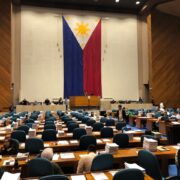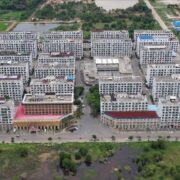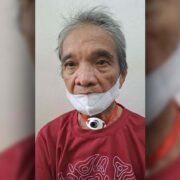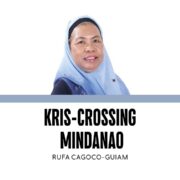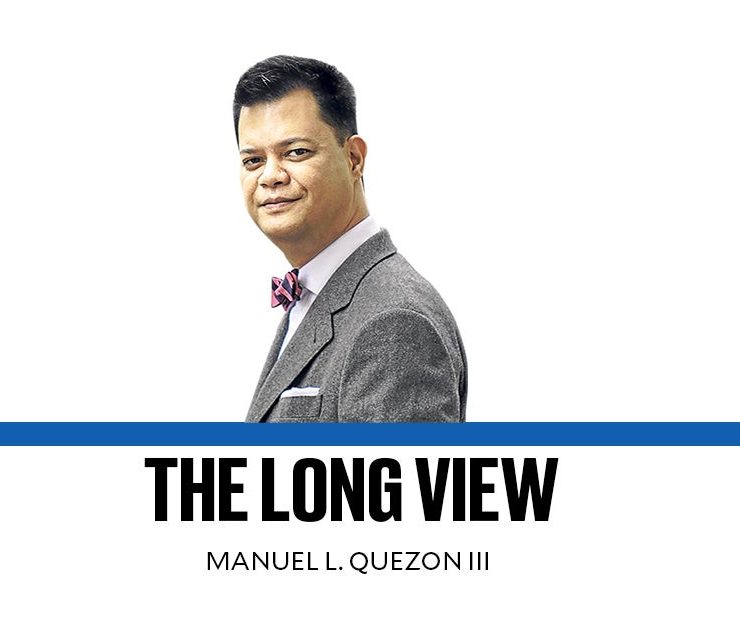Bea Zobel
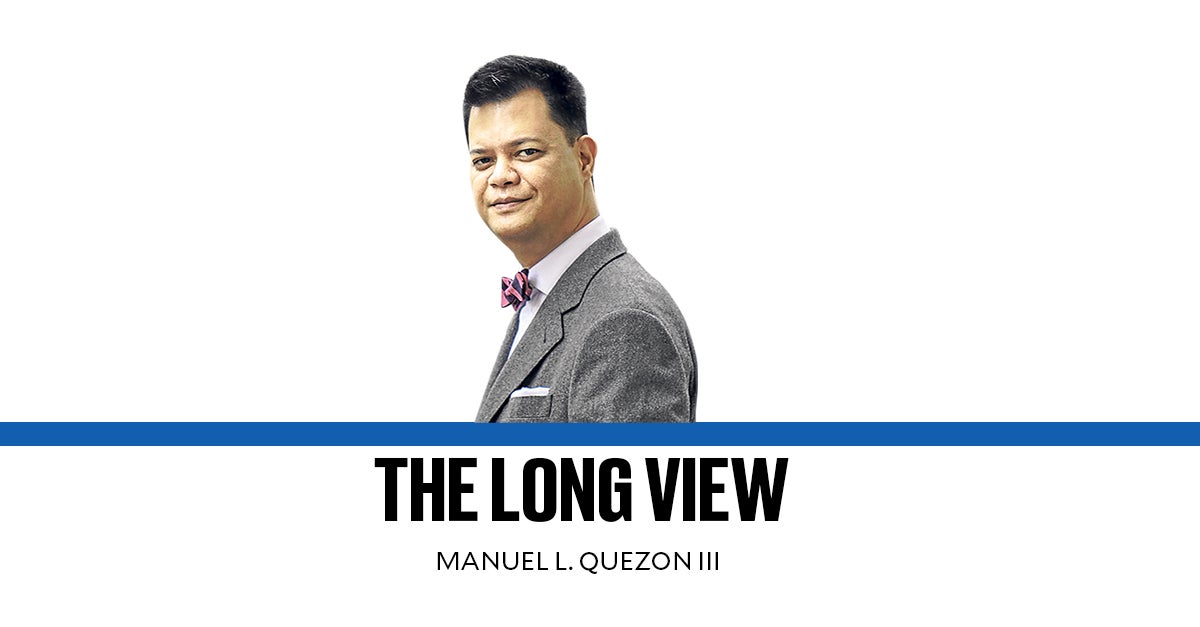
With her passing, nearly all obituaries have started off pronouncing her the matriarch of her clan, though this was hardly an inevitable fate for her.
A joint portrait of husband and wife by the Chilean painter Claudio Bravo caused a sensation among Manila’s portrait-commissioning set, not least, one would think, because of the intricacy and even intimacy of the work, the hint of impatience—a foreshadowing of the square-jawed gutsiness to come—in Bea and the finesse and penetrating gaze, of Jaime. Here was an interesting combination of plush convention and quiet self-assurance: a far cry from the waxy embalming characteristic of the late Fernando Amorsolo school of portraiture.
A couple whose intertwined hands revealed a couple still capable of surprise—and being surprising. Writing in 1970, Nick Joaquin rather sneeringly wrote that “especially in the Philippines … energy seems to drain out of a family in two or three generations.” He pointed out that “The Ayala-Zobel business empire rides the impetus brought in by two outsiders, McMicking and Soriano; the direct heirs have turned to art and culture.” His jibe at Fernando Zobel (the painter), and Jaime Zobel (at the time of Joaquin’s writing, Philippine ambassador in London) ignored, of course, that Enrique Zobel had been chair of Ayala Corp. since 1967. We get a glimpse of the London era of the Zobels through the diary of Ferdinand E. Marcos Sr., who recounted, it seems with amusement, that in December 1972, his son returned with short hair—because Bea Zobel had ordered it clipped short by her husband’s secretary.
Hers could have been, in the main, a conventional story, though the honorable and not frivolous kind: from the Catholic Women’s League to the Tala Leprosarium and the Tuloy Foundation, to helping the Iraya-Mangyan. Hers would have represented a conventional tale of good deeds and causes. Fleras said his scholarship was due to traditional family ties to his grandmother, the Zobels’ modista.
She was most vivid in the public’s consciousness when, time and again, her mere presence put Filipinos to shame because, though born a Spaniard and having acquired Philippine citizenship by marriage in 1958, she was often pointed out in a crowd as someone willing to take a stand when so many others were still sitting on the fence. The first glimmerings of it can be found in now-yellowed clippings recording her—surely, cautious—presence as a concerned citizen, during the presentation of the Agrava Commission’s majority report in October 1983; it was a bruising year, nationally and, for a different reason, in the family into which she’d married: Enrique Zobel had sold the family’s bloc of shares in San Miguel, allowing a hostile takeover against the Sorianos, and leading, in turn, to EZ’s removal as Ayala chair and his substitution with his cousin, Jaime. Now she was, in a sense, first lady—of a family conglomerate—restoring stability and finding ways to do things. Such as the Negros Trade Fair at the Ayala Makati Carpark in 1985, a response to the collapse of the sugar economy in Negros.
By 1986 she would write, “Those of us who have never been involved in politics before can no longer remain wishy-washy,” and where once there were whispers she’d helped make possible the yellow confetti raining down in Makati, she herself was in the parliament of the streets and did her share of being shoved around precincts by goons during the snap election: and she was there as Cory Aquino boarded a plane (it could have been an Ayala Corp. plane but somehow it was Homobono Adaza, so the lore goes, who ended up the passenger) to Manila at the outbreak of people power. She helped tidy up the Palace, and slowly, she receded back to the serious business of philanthropy.
But she was part of that moment—how long did it last? A decade? Two? From 1983 to 2001—when business dared to emerge from the boardroom and be part of the broader search for defining a Filipino way for democracy. And she did it in a manner that made many proud of her taking being a Filipino seriously and ashamed of how she had more guts than they did.




